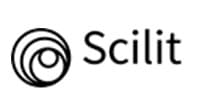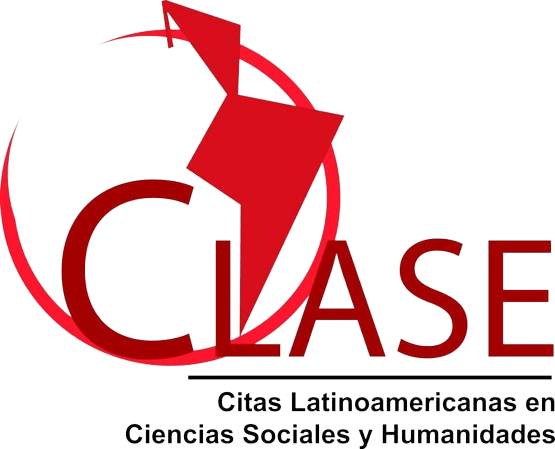Guidelines for authors
Process for submission of articles
To be received and, in turn, approved for placement in the review system, proposed articles must comply with the basic norms that are detailed below.
Generalities
- There is no charge of any kind for the process of evaluation or publication of articles in Revista Arquitectura +.
- To propose and article for publication in Revista Arquitectura +, the manuscript must be submitted in Word Document ( .docx) format with setting Manuscript Template.
- In Revista Arquitectura +, only original articles (not previously published), resulting from scientific and/or applied research, of scholarly and professional character will be received, and the authors are required to state such in their Letter of Declaration.
- Received manuscripts are submitted to a double-blind evaluation process, but the decision for acceptance of a research article, bibliographic review, or essay is made by the Editorial Committee. The eligible topics for consideration are in Design, Construction, and in Urban and Territorial Planning, as has been established in the Universidad Nacional de Ingeniería in Nicaragua.
- Articles can be presented in either English or Spanish.
- Revista Arquitectura + may produce special numbers of the journal, given prior agreement with groups, networks, institutions, or organizations, that make include products from congresses, forums, workshops, presentations, or other formats, in which the material presented must be according to the editorial considerations presented herein.
Manuscript presentation process
- Manuscripts will be received for review through the online platform (register here) or by email (revistarq.mas@uni.edu.ni).
Registry in ORCID
- The autor(s) presenting material for publication in Revista Arquitectura + must create and share in their contact data in the Manuscript Template, their personal or institutional ORCID registry. To create an ORCID account, read the Guide to create account in ORCID and then sign in here: https://orcid.org/signin.
No-tolerance to plagiarism
- In Revista Arquitectura +, we apply a strict no-tolerance policy regarding plagiarism. Manuscripts submitted for publication are reviewed with comparisons to similar material in libraries, databases and search engines for comparison with potentially similar material. Manuscripts found to have potential violations of our policy will not be accepted for publication.
Types of manuscripts requested
- Revista Arquitectura + will consider for publication: a) Literature Reviews, b) Essays, c) Research Articles, d) Profiles.
General format for manuscripts
- Material submitted to this journal must contain the following:
- Font: Times New Roman
- Letter size: Title (16), Subtitle (14), Text (12), Text of figures, images, and tables (12)
- Number of words: Title (15 max.), Abstract (200 min.), Keywords (5, in alphabetical order)
- Research Articles should be between 10 and 20 pages, although longer articles will be considered.
For more details about the requirements for each type of manuscript, please refer to the Manuscript Template.
Figures and tables
- Figures and tables are required for presentation of data in research articles.
- Figures - maps, graphs, drawings, photographs, and others – must be at least 300 points per inch (dpi) with a resolution of between 300 x 300 pixels and 900 x 700 pixels, and easily viewable.
- Figures must be sent with figure number and any applicable references, in files annexed to the text, to facilitate editorial layout.
- Tables can contain the necessary number of columns and rows, but text must be clear and legible. Each table must be numbered, titled, and with applicable references, and each table and figure must be referenced within the article in appropriate order.
Writing styles must adhere to APA Guidelines.
Cited Literature
- This journal requests the use of citations (quotes, paraphrase, secondary citations, etc.) as part of the quality of presented manuscripts.
- Original research articles should count on a minimum of seven different referenced Works (books, journals, webpages, interviews), organized and categorized by the type of reference. The majority (at least 60%) of these references should be research articles. At least half the cited material should be current, being published no more than 15 years from the time of presentation of the manuscript.
- There is not maximum limit on the number of citations in review articles, but they must have at least ten references between research articles and books.
Citation and reference styles must follow the APA Guidelines.



















